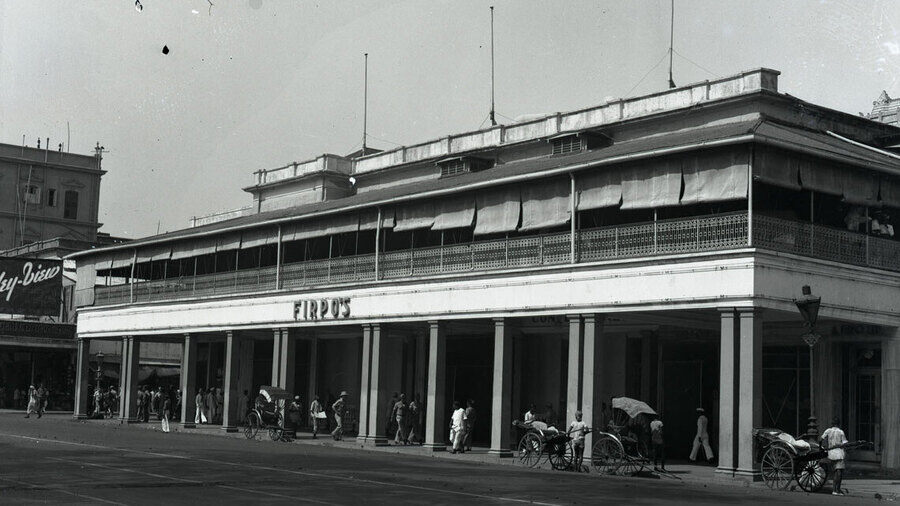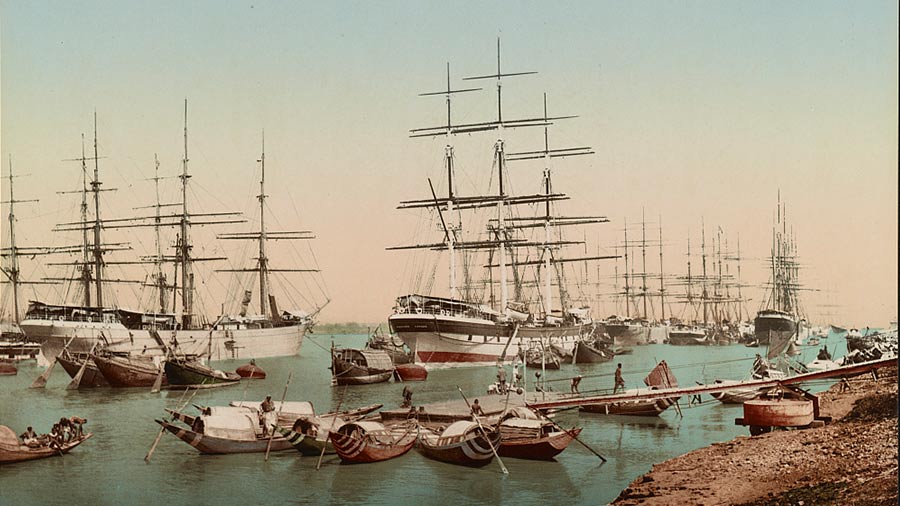I don't know if you've ever watched the 1967 black-and-white classic Raat aur Din — Nargis Dutt’s swan song from the silver screen which also fetched her the prestigious National Award. If you have, you’ll recall the film starts off with the actress, dressed in a glamorous gown, hailing a taxi on the streets of Calcutta and arriving at what seems like a socialising hotspot for the high class gentry of the times. This is the story of that place, once considered the finest establishment east of London — the legendary Firpo’s of Calcutta.
A businessman arrives
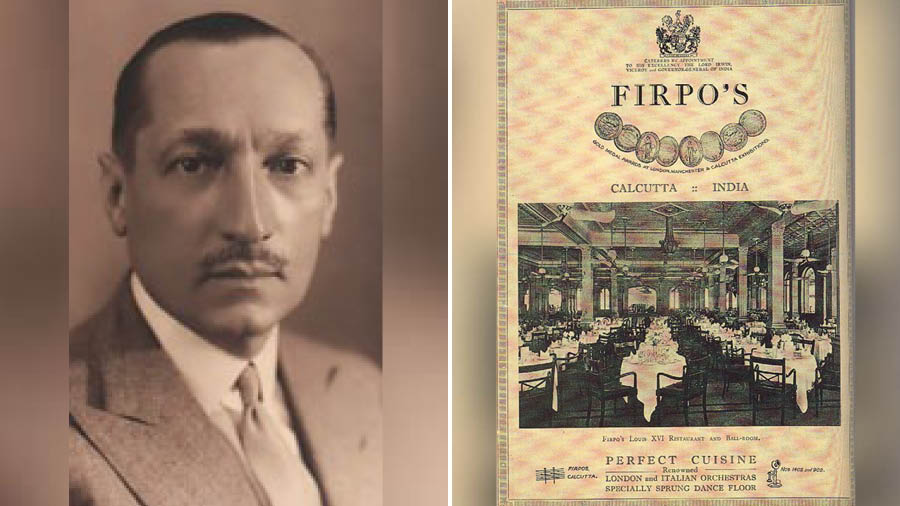
L-R: Angelo Firpo and an advertisement of Firpo’s
Enrico De BarbieriEver since Job Charnock and probably even before him, men from distant lands kept arriving in Calcutta, seeking to make a fortune. One such man arrived at the Calcutta port from Genoa, Italy, via London, sometime around 1917. His name was Angelo Firpo. A well-travelled man, Firpo acquired a huge place right on Chowringhee Road and set up several restaurants, a patisserie, a catering service, and a tea room that soon became a favourite hangout for European gentry and native royalty.
Under Firpo’s wise and careful management, the fame of the restaurants spread far and wide. Legend has it that on his visits to the city, Viceroy and Governor General Lord Irwin loved to meet his council at Firpo’s for lunch. The illustrious clientele of Firpo’s included several prominent names from Indian royalty like the Maharaja of Cooch Behar, the Rana of Nepal, Aga Khan III and many others. In time, Firpo’s would play host to India’s first prime minister Jawaharlal Nehru, the Soviet supremo Nikita Khruschev and the Italian heavyweight boxing champion Primo Carnera to name a few.

Firpo’s guest list featured names like Maharaja of Cooch Behar, the Rana of Nepal and India’s first prime minister Jawaharlal Nehru, among others
Enrico De BarbieriThe charm of Firpo’s
Of equal renown were the ballrooms of Firpo’s. It had some of the best cabaret performances of the time and the bands were equipped with trombones, saxophones, trumpets and almost every musical instrument of the time. Firpo’s also had the only sprung dance floor in India, giving dancers an extra step as they waltzed the night away. The Lido room used to have six cabaret performances in one night and along with Polynesia at the Grand Hotel, and the Great Eastern Hotel, used to be the leading destination for Calcutta’s high society until the early 1960s.
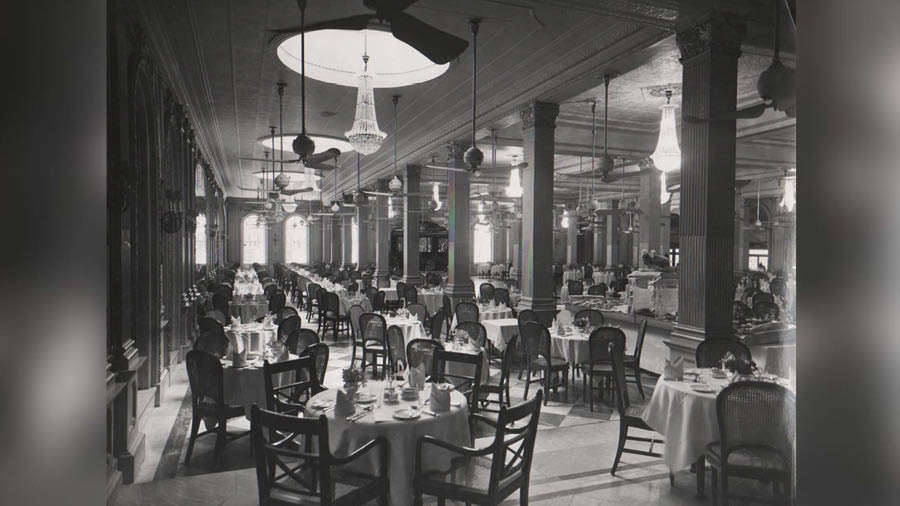
The grand ballrooms of Firpo’s, the venue for many a performance, were the highlight of the restaurant
Enrico De BarbieriInterestingly, Firpo’s never had individually priced items or an a la carte menu. It always had what is known as a table d’hôte menu, or fixed menu — always a five-course meal, always with perfect options, always scrumptious. This was also a place that had plenty of connections with the world of glamour. Merle Oberon, the Hollywood star of the 1930s, had her first break in a contest at Firpo’s, which paved the way for her journey to stardom. It was also here, in 1929, that she met Colonel Ben Finney who helped her secure a passage to Paris and introduced her to Rex Ingram of Victorine Studios.
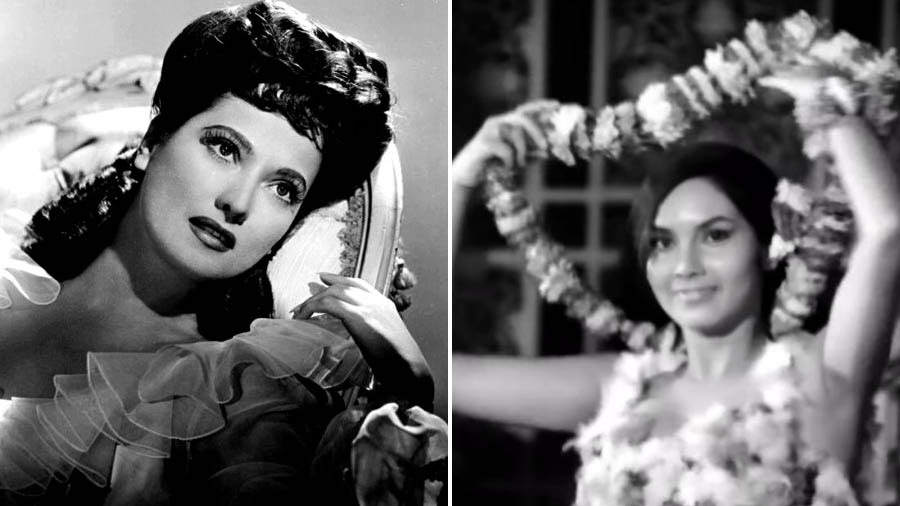
L-R: Hollywood star Merle Oberon and cabaret star Miss Shefali
Wikimedia Commons (Merle Oberon)Probably the most recalled name associated with Firpo’s is Miss Shefali, who ruled over the Lido Room in the 1960s before moving to the Grand. A cabaret scene in Satyajit Ray’s Seemabaddha was filmed in Firpo’s starring Miss Shefali. By the 1960s, Firpo's employed over 500 staff. Another thing that was famous not only in Kolkata, but all over Bengal, was the signature Firpo’s bread.
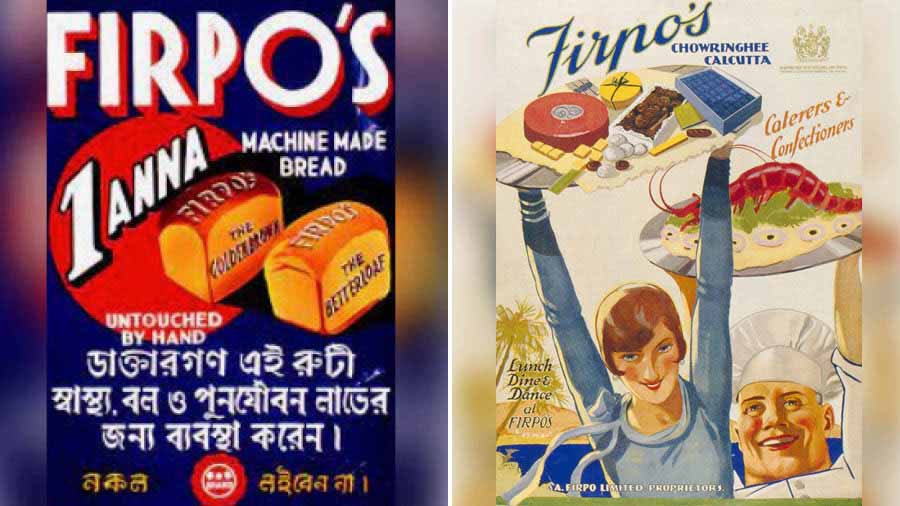
Firpo’s bread was popular all over Bengal
Enrico De BarbieriTroubled times
Despite all the fame and popularity, dark clouds were on the horizon for Firpo’s. The 1960s were troubled times in Kolkata. The decade saw Europeans and Anglo Indians leave the city en-masse, robbing Firpo’s of its principal patrons. The advent of the Naxalite movement, food shortages, labour unrest all led to turbulent times that hit the bottom lines hard. The death knell was finally sounded with the imposition of an exorbitant entertainment tax on the live performance destinations of Calcutta (with the exception of Trinca’s).

The establishment downed its shutters in 1977
Enrico De BarbieriAlready struggling with dwindling clientele and growing losses, Firpo’s, the onetime jewel of Calcutta’s social life, downed its shutters permanently in 1977, and was converted into a market of the same name.
Yet, as long as Calcutta lives, the legend of Firpo’ s — of the lazy afternoon luncheons and the glitzy nightlife — will linger on.


